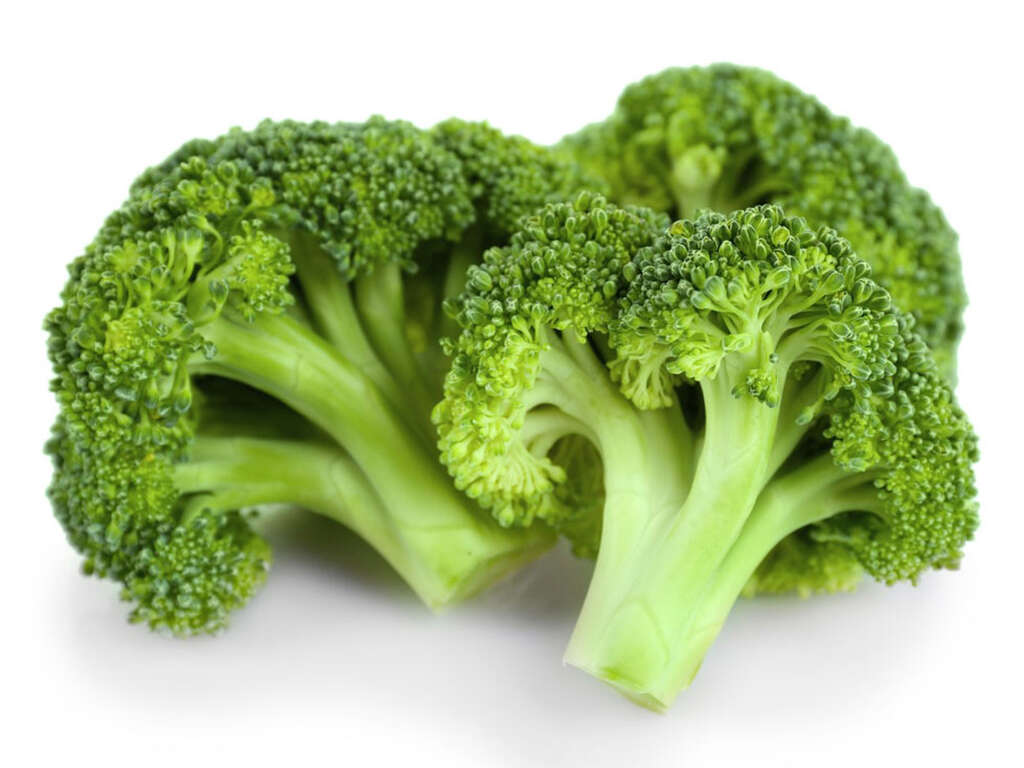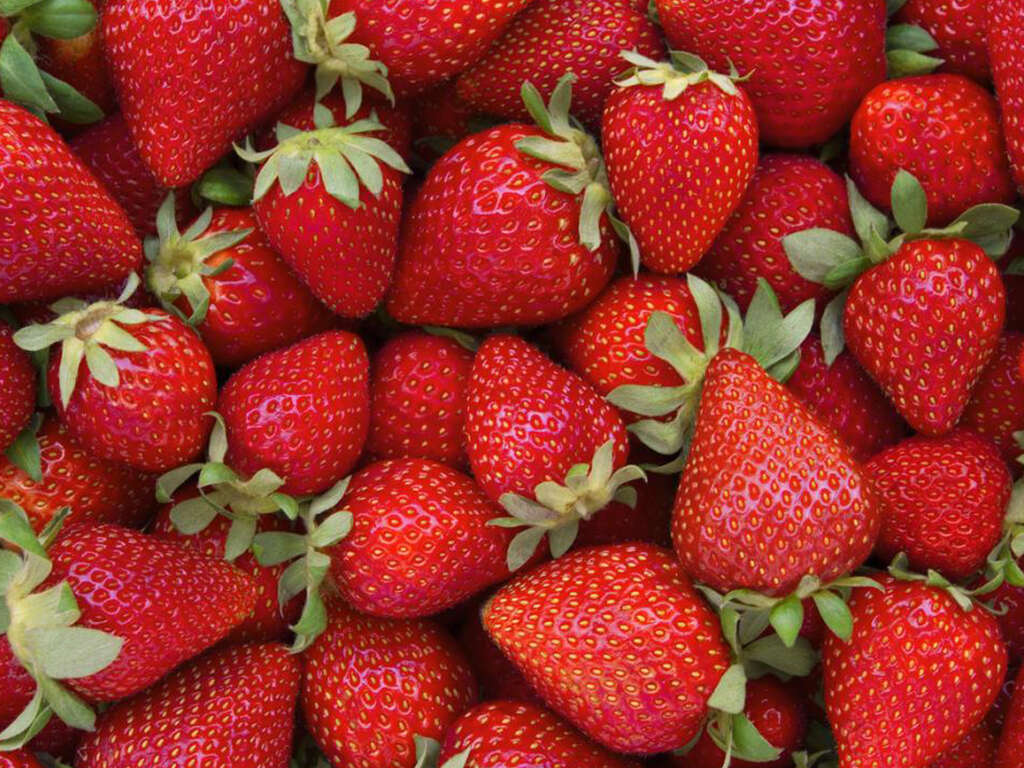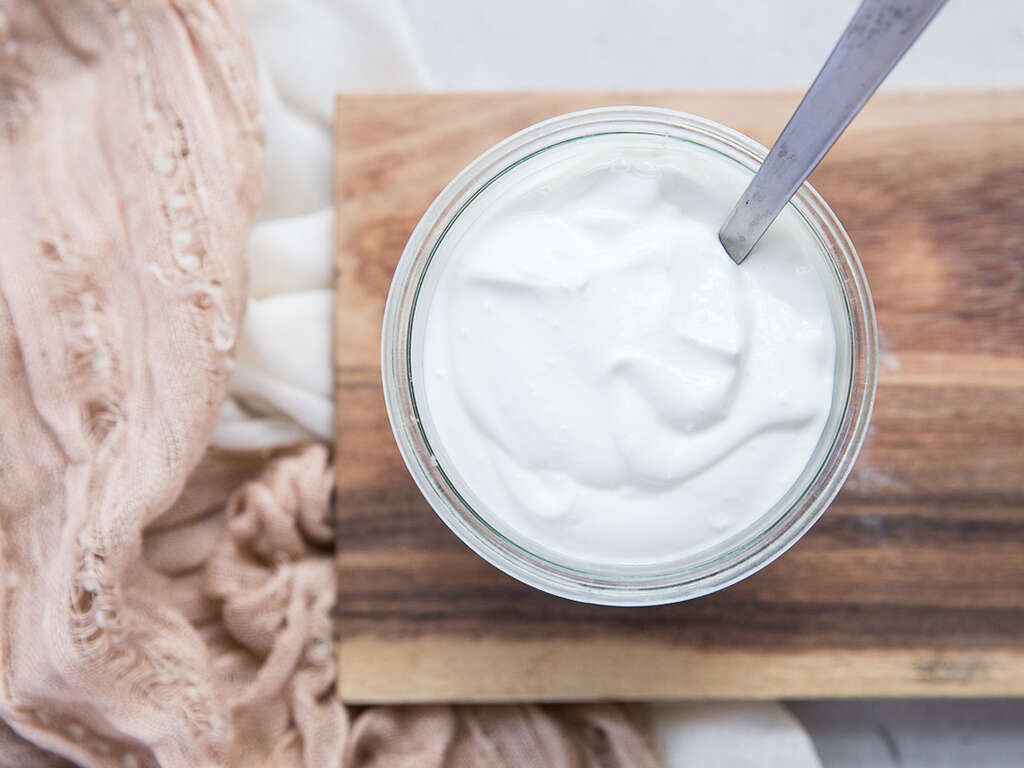10 High Fiber Foods
Adding more fiber into the diet is critical to human health. It has many health benefits such as improving digestion, and reducing cholesterol and blood glucose levels. Fiber refers to the nutrients in food that cannot be digested or absorbed in the gut, which means it simply passes through the intestinal tract.
Fiber can be found in many fruits, vegetables, legumes, and whole grains. These foods contain both insoluble and soluble fiber. Soluble fiber slows digestion and it takes the body longer to absorb. This helps blood sugar spikes and helps manage diabetes. Soluble fibers also help lower cholesterol levels, which is essential for heart health. Insoluble fiber helps the digestive tract and prevents constipation. Eating foods with a high fiber content can be made by eating these foods.
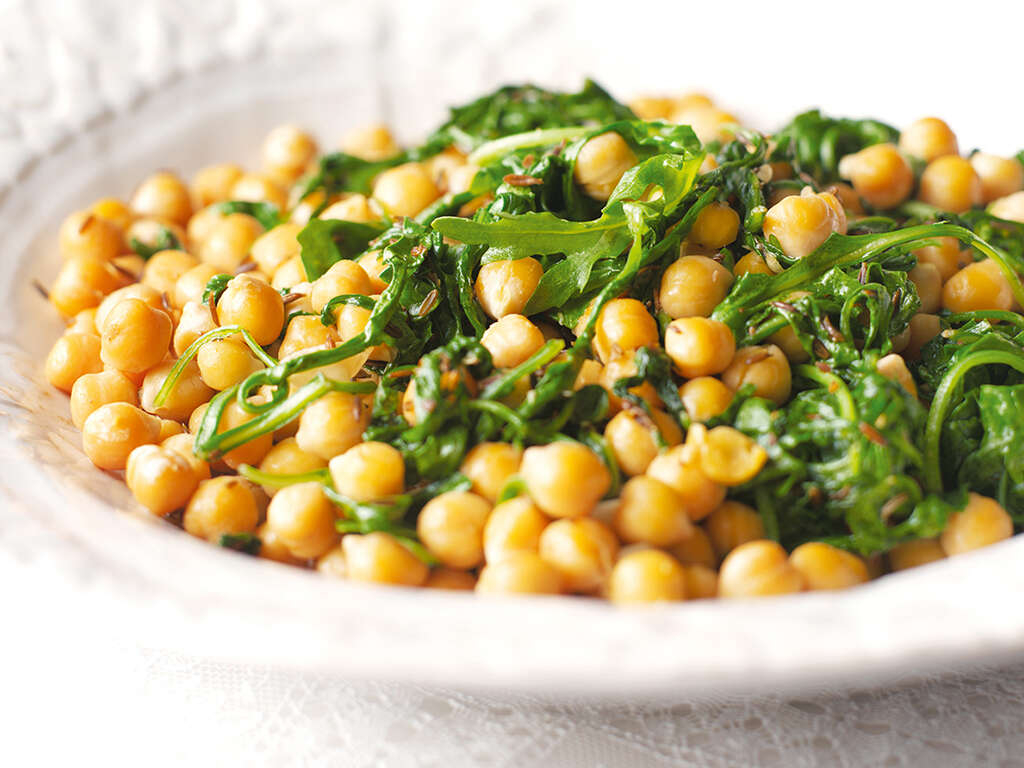
High Fiber Food #1: Garbanzo Beans (Chickpeas)
Popularly known as chickpeas, garbanzo beans have become a trend in many recipes and used in the Mediterranean dish hummus. Chickpeas are part of the legume family, and are usually boiled and eaten with salad and side dishes.
It is high in fiber, protein, and carbohydrates. One cooked cup of chickpeas contains about 13 grams of fiber. It is high in vitamin B6, magnesium, and iron. Chickpeas also contain folate, vitamin K, copper, selenium, and choline. With the amount of micronutrients it consists of, health benefits range from reducing the risk of cardiovascular diseases, type 2 diabetes, digestive diseases and some cancers.

High Fiber Food #2: Pinto Beans
Legumes are a great source of fiber, but some have more fiber than others. The pinto bean is one of the types with the most fiber. There is about 14 grams of fiber in one cup. Pinto beans are usually boiled and eaten as a side dish, or added to chili.
Beans are not only an excellent source of fiber, they are also high in protein, folate, thiamin, choline, magnesium, potassium, phosphorus, and manganese. As beans contain oligosaccharides, despite their intestinal discomfort, they have many benefits associated that help promote the health of the colon, increase longevity, and decrease colon cancer risk.
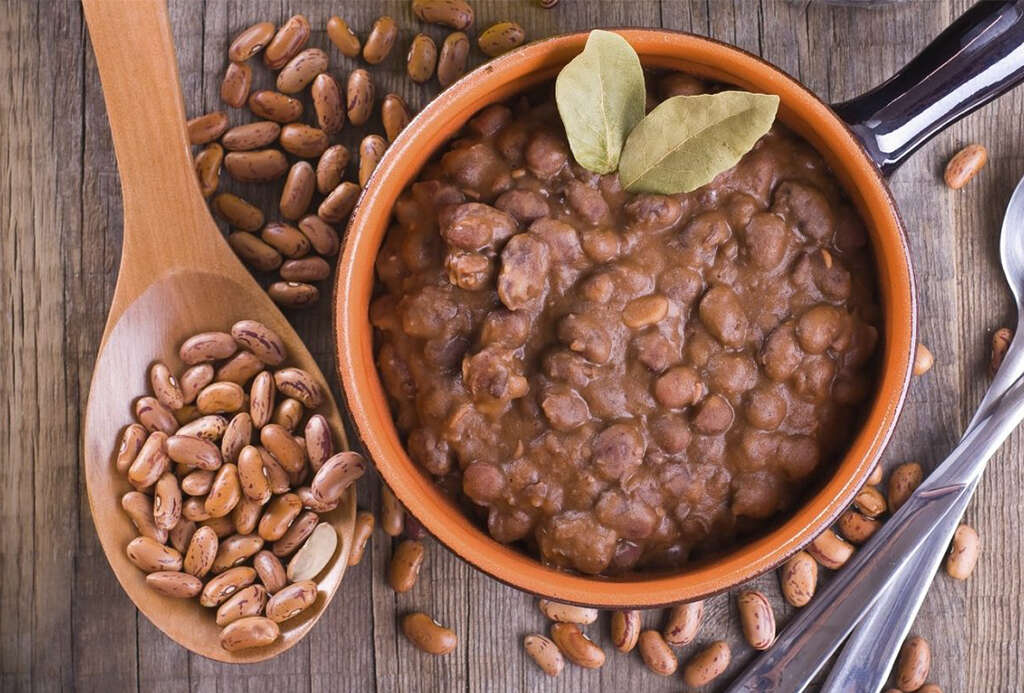
High Fiber Food #3: Split Peas
The well known split pea soup is made by this type of pea. Split peas look similar to lentils. They are hulled and divided in half, which is how they received their unique name. Split peas are high in fiber as they contain 16 grams per cup. Consider cooking them up with Indian curry for added antioxidant benefits. They are also a great addition to risotto, containing 25 grams of protein in just half a cup.
With having about 230 calories per cup, split peas are an excellent source of folate, thiamin, manganese, potassium, magnesium, and choline. Health benefits include blood sugar control, heart health, and weight control.
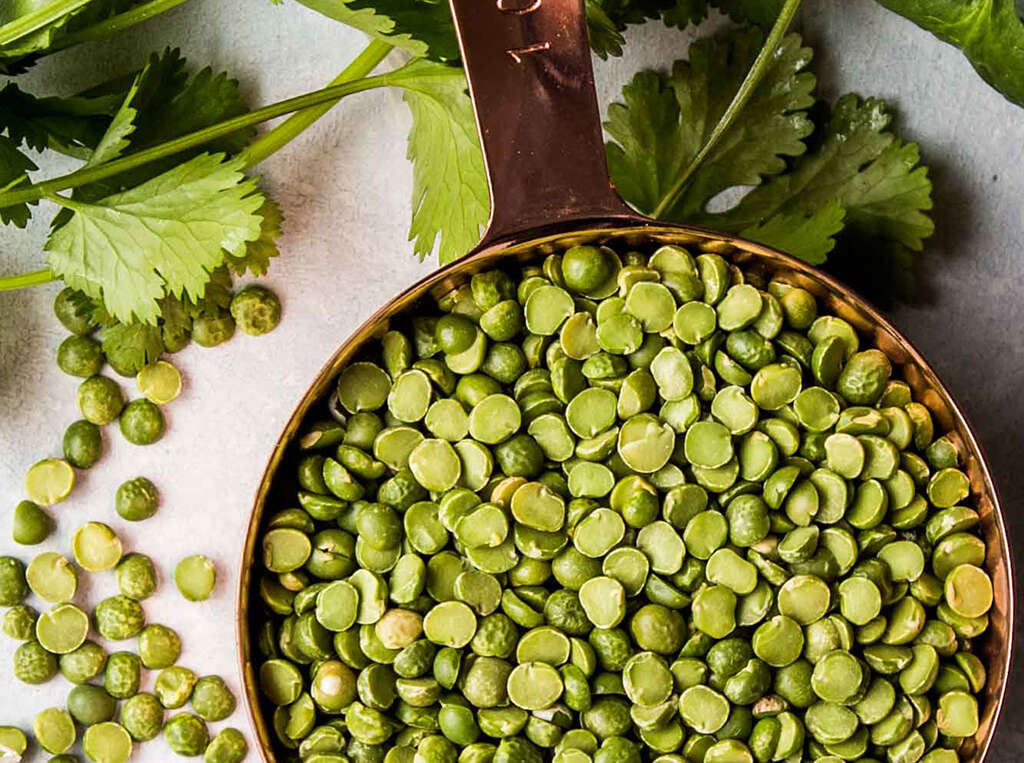
High Fiber Food #4: Lentils
Lentils are legumes that originated in the middle east. The most popular dish that these fibrous legumes are used for is lentil soup, which is popular in Indian and Middle Eastern cuisine. Usually boiled, one cup of lentils contains about 15 grams of fiber. Consider cooking up lentil soup and drizzling it with olive oil and balsamic vinegar for a delicious, vegetarian meal. Another easy way to incorporate lentils is by mixing them with bruschetta.
Lentils are high in folate, copper, fiber, phosphorus, manganese, iron and protein. Consumption of lentils has found to be cancer fighting, help blood pressure, lower blood sugar, and cholesterol levels.
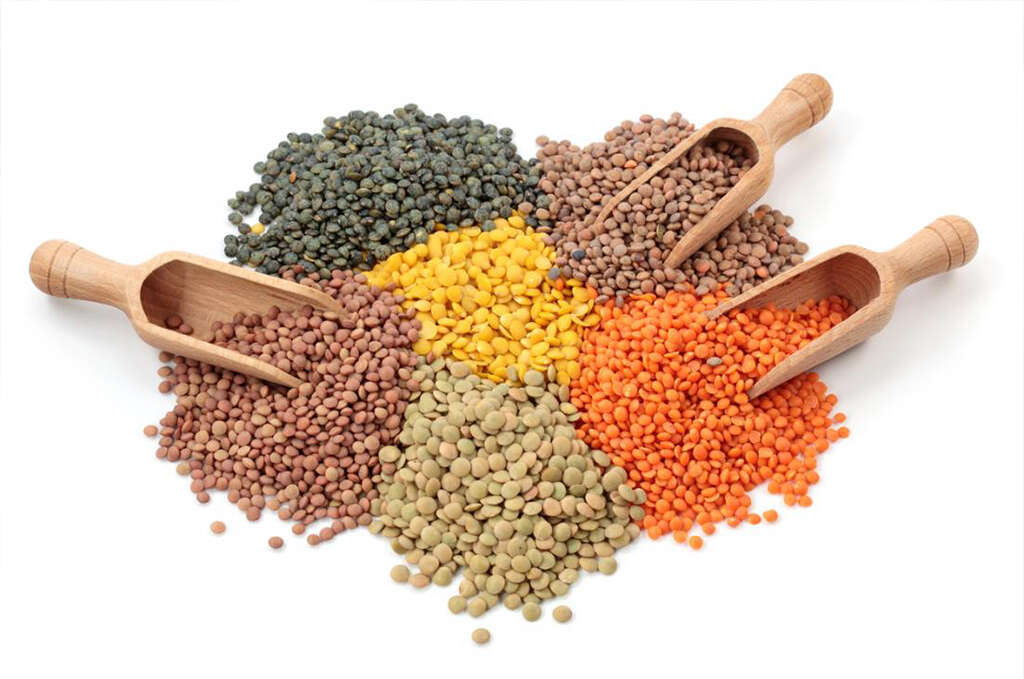
High Fiber Food #5: Green Peas
Green peas are grown all over the world and are readily available as fresh or dried. People confuse these as being a vegetable, however they are legumes. They are usually cooked and available frozen, fresh or canned. They are an excellent source of fiber, containing 8 grams per cup.
Not only are they are a great source of fiber, they contain a high amount of vitamin A, vitamin C, vitamin K, thiamin, manganese, magnesium, and protein. Lentils are one of the best plant-based proteins since they are filling and nutrient-rich. Consuming adequate amounts of protein are shown to aid in optimal growth and development of muscle and bones.

High Fiber Food #6: Black Beans
Just like pinto beans, black beans are a great source of fiber and part of the legume family. Added into recipes such as chili and burritos, black beans are an essential source of fiber and protein. One cooked cup contains 15 grams of fiber and 52 grams of protein. Consider incorporating black beans in a chili, stew or salsa for added protein. It makes a great vegetarian dish.
Black beans are an excellent source of folate, magnesium, phosphorus, potassium, and manganese. One study has shown that consumption of black beans and navy beans lowered cancer incidence and multiplicity.
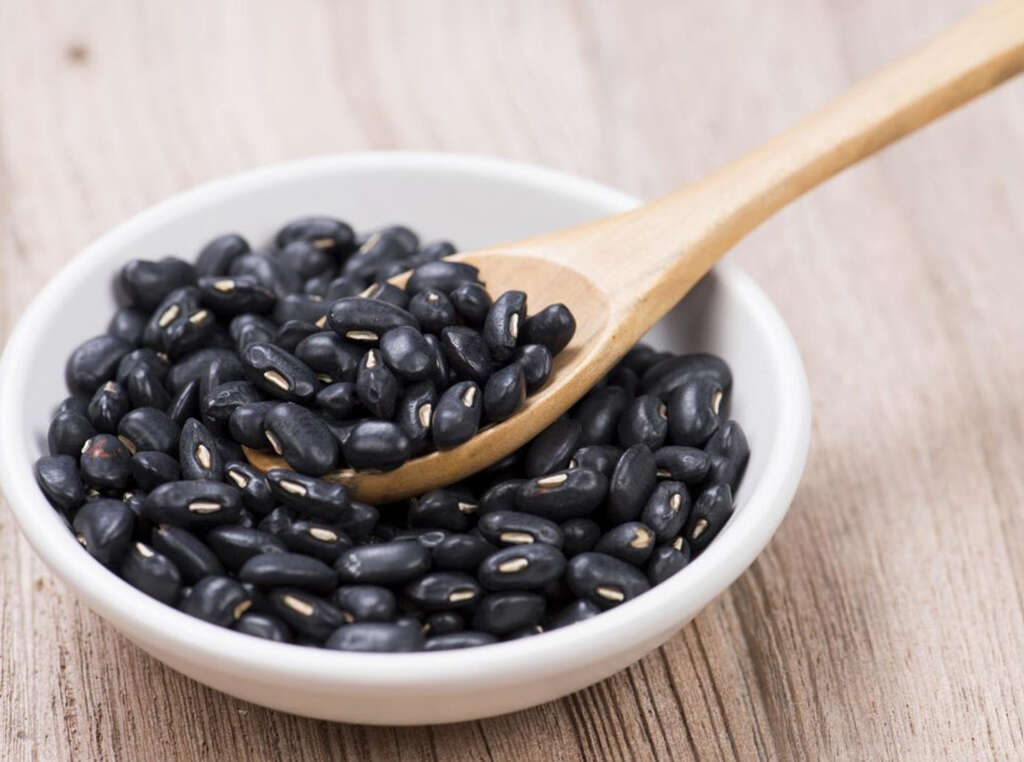
High Fiber Food #7: Artichokes
According to the United States Department of Agriculture, this unique and delicious vegetable is one of the top antioxidant-rich foods. Artichokes are tough in texture before cooking and are usually roasted or steamed. It is popular in the use of spinach dips. One medium artichoke has a whopping 10 grams of dietary fiber.
Artichokes are an excellent source of folate, dietary fiber, vitamin C, and vitamin K. They are also a great source of protein, as one medium artichoke contains 9 grams! Ongoing research has indicated that artichokes have medicinal purposes such as protecting the liver, antioxidant properties, helping the digestive system, and preventing heart disease.

High Fiber Food #8: Avocados
Avocados are a unique fruit as they are high in healthy fats rather than carbohydrates. Half of an avocado serving contains 4.6 g of fiber. The avocado flesh is rich and high in monounsaturated fats. This popular fruit contains essential nutrients and phytochemicals such as potassium, magnesium, folate, vitamin K and phytosterols. The Hass avocado is a variety of avocado with dark and rough skin. This type of avocado is commonly seen in California.
Consuming avocados have proven health benefits. There are few preliminary clinical studies that show avocado’s effects with cardiovascular health. Exploratory studies suggest that avocados may support weight management and longevity.
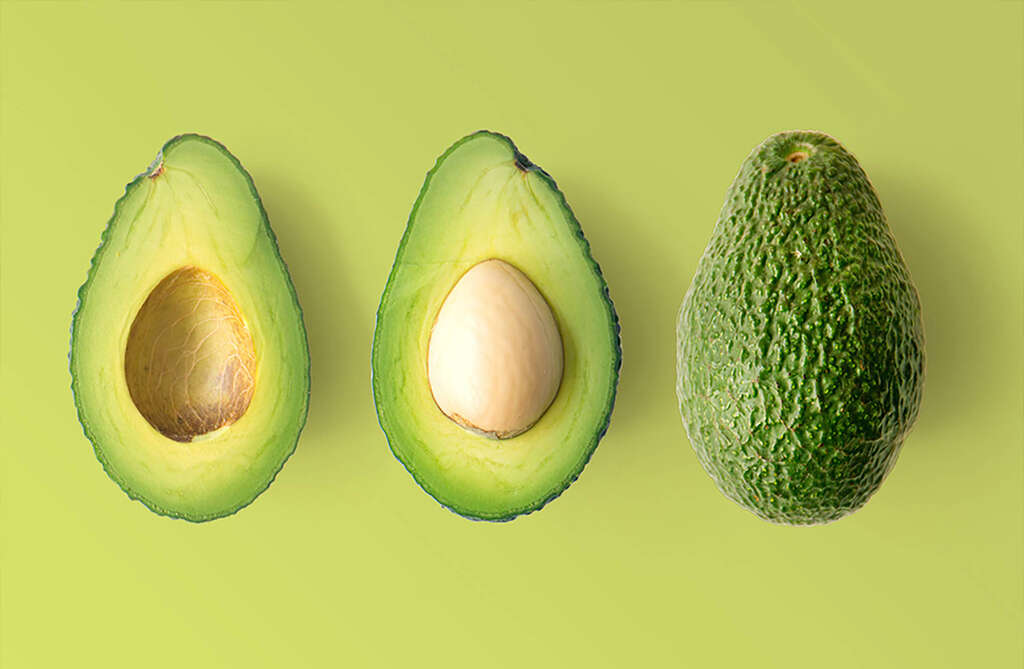
High Fiber Food #9: Raspberries/Blackberries
With their deep red color, sweet succulent taste, and antioxidant properties, raspberries are very high in fiber. One cup of raspberries contains 8 grams of fiber, more fiber than consuming one medium apple or medium pear.
Raspberries are an excellent source of vitamin C, manganese, B vitamins, folic acid, and iron. They are high in antioxidants and consuming these sweet fruits can help prevent and moderate chronic diseases. Since they are high in fiber and help to slow down the digestive process, raspberries help with weight loss.
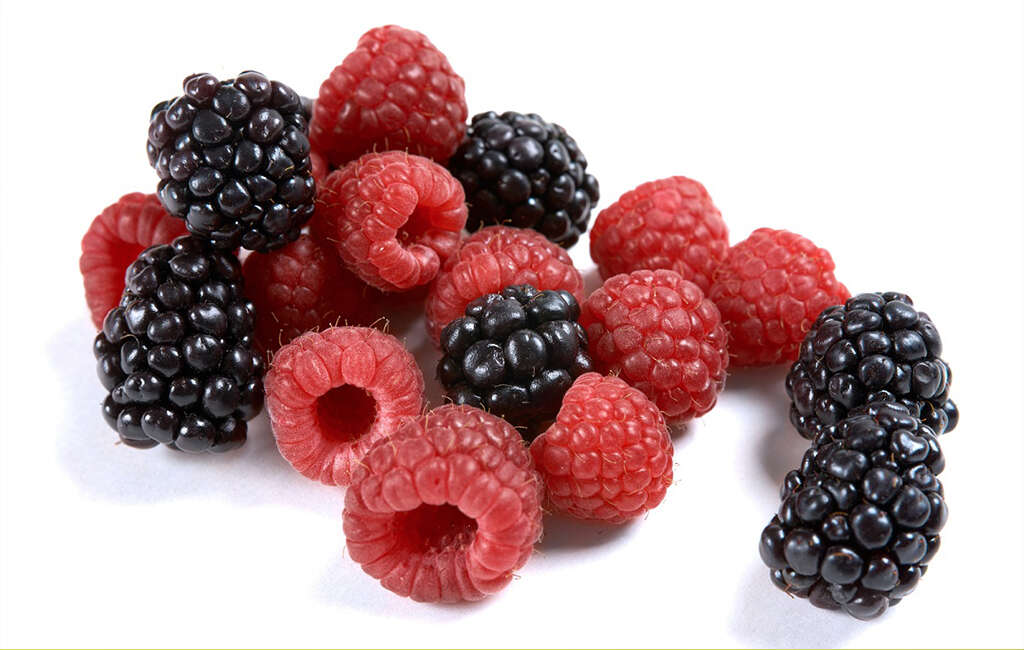
High Fiber Food #10: Pears with Skin
Pears are a semi-sweet fruit with a fibrous center. One medium pear has 6 grams of fiber. Pears have no sodium and are fat free. They are rich in vitamins and minerals such as copper, iron, potassium, folates, and vitamin B6. Most importantly, the content of the pear’s skin contains dietary fiber, phytonutrients and carotenoids.
This delicious fruit has great health benefits. Since pears are rich in fructose, sorbitol, and dietary fiber, consumption of pears should improve gut health and prevent constipation. As pears contain certain antioxidants, studies have also shown pears to lessen type 2 diabetes and stroke.




